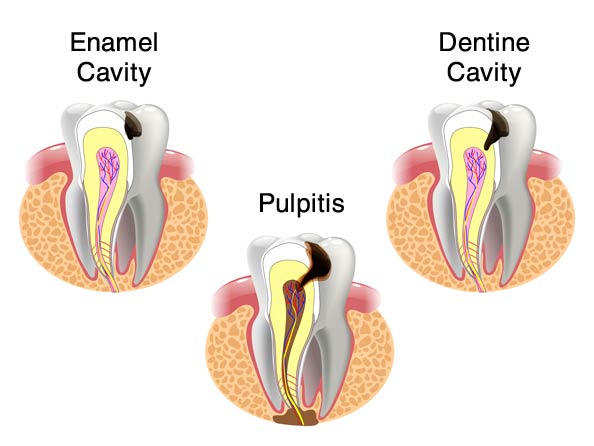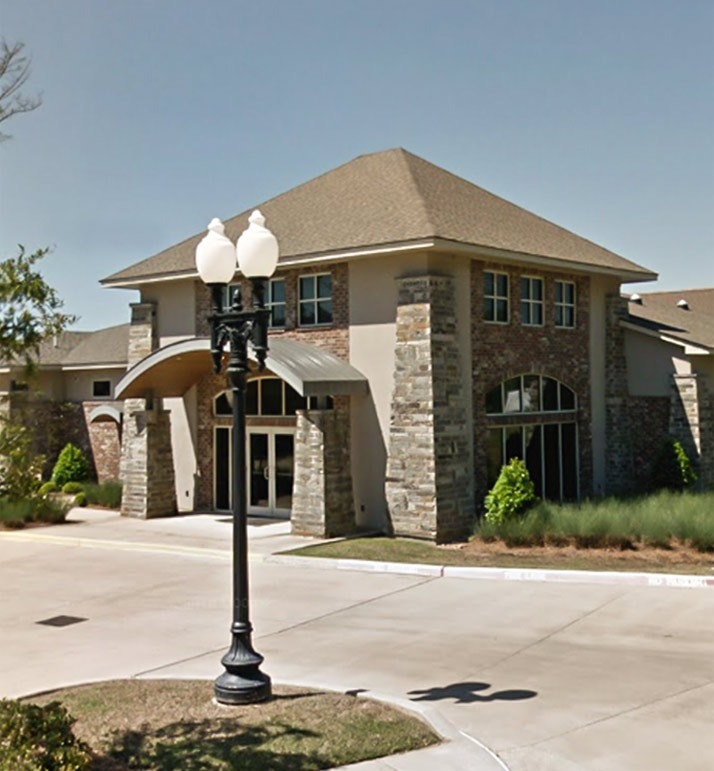I’m concerned about my dentist’s recommendation for my left lateral incisor. She says it has a cavity inside and needs a root canal. She referred me to a root canal specialist who has the same last name as my dentist, which makes me wonder if they are related.

Tooth decay begins on the outside and, if untreated, progresses until it infects the tooth pulp
My previous dentist took x-rays in the early spring this year, and nothing showed up on this tooth. The outside of the tooth has never had work, and there’s no visible cavity. This tooth also sticks out at an angle and doesn’t receive pressure from chewing. Is it possible to have a cavity inside a tooth when there are no outward signs of decay or wear? I wonder if my dentist referred me to the specialist just for their profit. – Thanks. Eli from Chicago
Eli,
Tooth decay begins on the outside and, if untreated, progresses until it infects the tooth pulp[/caption]
No, cavities always begin on the tooth’s surface. Decay progresses inward until it reaches the pulp. When bacteria infect the pulp, root canal treatment becomes necessary.
What Is Internal Resorption?
If your dentist mentioned an “internal cavity,” they may have been referring to internal resorption. This condition occurs when the pulp tissue begins to destroy the inside of a tooth. Although rare, it can happen when something, possibly trauma, irritates the pulp.
Because internal resorption is uncommon, you should confirm the diagnosis with an endodontist. Specialists in root canal treatment see these cases more often and can give you clarity.
How to Get a Reliable Second Opinion from a Dentist
For the most helpful evaluation, prepare before your appointment:
- Ask your dentist for a copy of your X-ray to take with you.
- Avoid telling the second dentist the first diagnosis or the names of dentists involved.
- Let the new dentist review the case independently.





